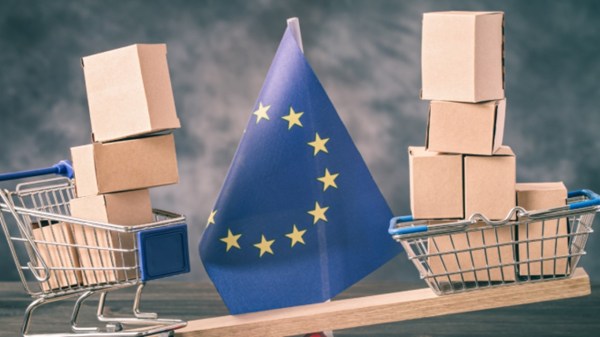The European Union and the United States recently held the fifth meeting of the EU-US Council. EU-US Trade and Technology Council. EU-US Trade and Technology Council (TTC) in Washington D.C. (30-31 January). The meeting took stock of the progress of the Council’s work and provided political guidance on the priorities on which to move forward until the next meeting.
Strengthening Transatlantic Trade and Technology Cooperation is crucial
The Transatlantic Trade and Technology Council (TTC) was launched by European Commission President Ursula von der Leyen and US President Joe Biden at the EU-US Summit in Brussels in June 2021. Since then, the TTC has served as the primary platform for transatlantic collaboration on trade and technology matters. The committee is led by Margrethe Vestager, Executive Vice-President of the European Commission, Valdis Dombrovskis, US Secretary of State, Antony Blinken, Secretary of Commerce of the United States, Gina Raimondo, and Katherine Tai, US Trade Representative, along with European Commissioner Thierry Breton.
Following the inaugural meeting, the TTC was organically structured into 10 working groups divided on issues such as technology standards, artificial intelligence, semiconductors, export controls, and global trade challenges.
Towards a new horizon: Reflections on the future of the TTC
Undoubtedly, the expectations placed on the TTC were very high from the outset. Although notable progress has been made, one of the most common criticisms levelled at the TTC has been the lack of tangible results. Since its inception, the TTC has operated in a complex international geostrategic context, despite any differences that may have existed between the two trading blocs. With a new institutional and political cycle taking place in Europe and presidential elections in the United States approaching, the future of transatlantic cooperation, including the TTC, is uncertain.
Considering the above, now is a good time to explore opportunities for enhancing the transatlantic relationship for the development of trade and technology cooperation. The EU and the US remain key geopolitical and trading partners. Bilateral trade between the EU and the United States has reached historic levels of 1.5 trillion by 2022, including more than EUR 100 billion of digital trade.
Commitments and perspectives of the last meeting
At the latest TTC meeting, participants expressed a strong desire to increase bilateral trade and investment, cooperate on economic security and emerging technologies, and promote common interests in the digital environment. Additionally, both sides agreed to continue working on mechanisms to promote trade in goods and technologies required for the green transition, particularly by strengthening cooperation on conformity assessment.
The EU and the United States are also committed to promoting the digitisation of trade to cut red tape for businesses across the Atlantic and strengthen our approaches to investment controls, export controls, outbound investment and dual-use innovation.
In the current geopolitical context, technology has become vital for our economic security. EU-US cooperation progresses on topics of common interest, such as trustworthy artificial intelligence or standardisation and security of supply
Strengthening Transatlantic Cooperation
Following the commitment made at the last TTC ministerial meeting, the EU and the US welcomed the International Guiding Principles on Artificial Intelligence (AI) and the voluntary Code of Conduct for AI developers adopted at the G7 and agreed to continue to cooperate on international AI governance.
Particularly relevant for the telecommunications sector has been the publication of the industry roadmap on 6G. This document aims to fulfil the mandate set out in Lulea and contains a set of strategic reflections and key recommendations for the deployment of 6G networks and services. Prepared by Next G Alliance and SNS JU, this document aims to provide guidance for establishing mechanisms for collaboration, beyond the establishment of funding instruments, helping s different actors both academic s and business on both sides of the Atlantic to identify mutually beneficial opportunities. They also took stock of progress in supporting secure connectivity worldwide, in particular for 5G networks and submarine cables.
The EU and the US are also intensifying their coordination on the availability of critical raw materials crucial for semiconductor production, having activated the TTC’s joint early warning mechanism for disruptions in the semiconductor supply chain. Information continued to be exchanged on public support for investments being made under the respective EU and US Chip Acts.
Finally, the EU and the US discussed a report outlining EU and US approaches to digital identity, which is currently open for comment.
On the implementation of a transatlantic green market, work continues to bring together different views and proposals on how to make transatlantic supply chains stronger, more sustainable and resilient.
Both sides agreed that the next ministerial meeting of the TTC will be held in the spring in Belgium, hosted by the Belgian Presidency of the Council. This will be a good moment to assess the level of engagement of the two blocs on the future of transatlantic cooperation and the future of the TTC. Let us hope that the will to continue to move steadily forward on a mutually beneficial path for both sides will be maintained.









